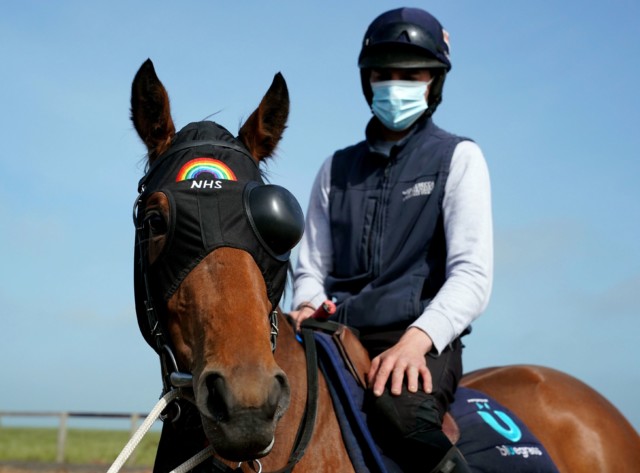THE BHA hope a complex surveillance programme will help keep the show on the road during the early weeks of a restart.
Racing is set to return in Britain for the first time since March 17 at Newcastle on Monday after the government eased Covid-19 restrictions.
And racing chiefs are taking precautionary steps to ensure the sport can continue smoothly and safely in the event that participants become infected with coronavirus.
One such measure is an ‘anonymous surveillance’ system, which the BHA’s chief medical officer Dr Jerry Hill reckons will prove key as the sport comes out of hibernation.
He said: “We are going to launch a surveillance programme so that we can map, in an anonymous fashion, the case load of Covid-19 in our industry.
“The government can map outbreaks by region and through local authorities, and that will help us to identify local infection rates around yards and around racecourses.
“However, we also need a racing specific database so that we can monitor numbers in racing by geographical area, and we will do it by partial postcode so all information remains anonymous.
“That will allow us to link up with our colleagues at Public Health England in the event of an increased in infections, to have conversations and to ask them how they can help to manage that.
“Testing of sports professionals has been a big question in recent weeks, and testing comes into the surveillance programme.
“We recognise we get greater value from targeted testing rather than blanket testing, and this surveillance programme should provide us with the information we need.”
A number of the new protocols set to be introduced at British racecourses were trialled at Lingfield last week.
But Hill, who has been working closely with chief medical officers from others sports over the past two months, says the cornerstone of a safe return to racing is ensuring social distancing and maintaining strict hygiene standards.
He continued: “At the heart of a safe resumption is ensuring strict social distancing and personal and environmental hygiene.
“There will be lots of changes on racecourses to make sure everyone is encouraged to maintain that two-metre distance, and everyone who enters a racecourse must pass a rigorous screening process.
“They will also need to complete the mandatory education module, and there will be a weekly questionnaire for participants who attend a course regularly.
“That focuses on drawing information about symptoms and contact and links into the NHS test and trace programme.”


